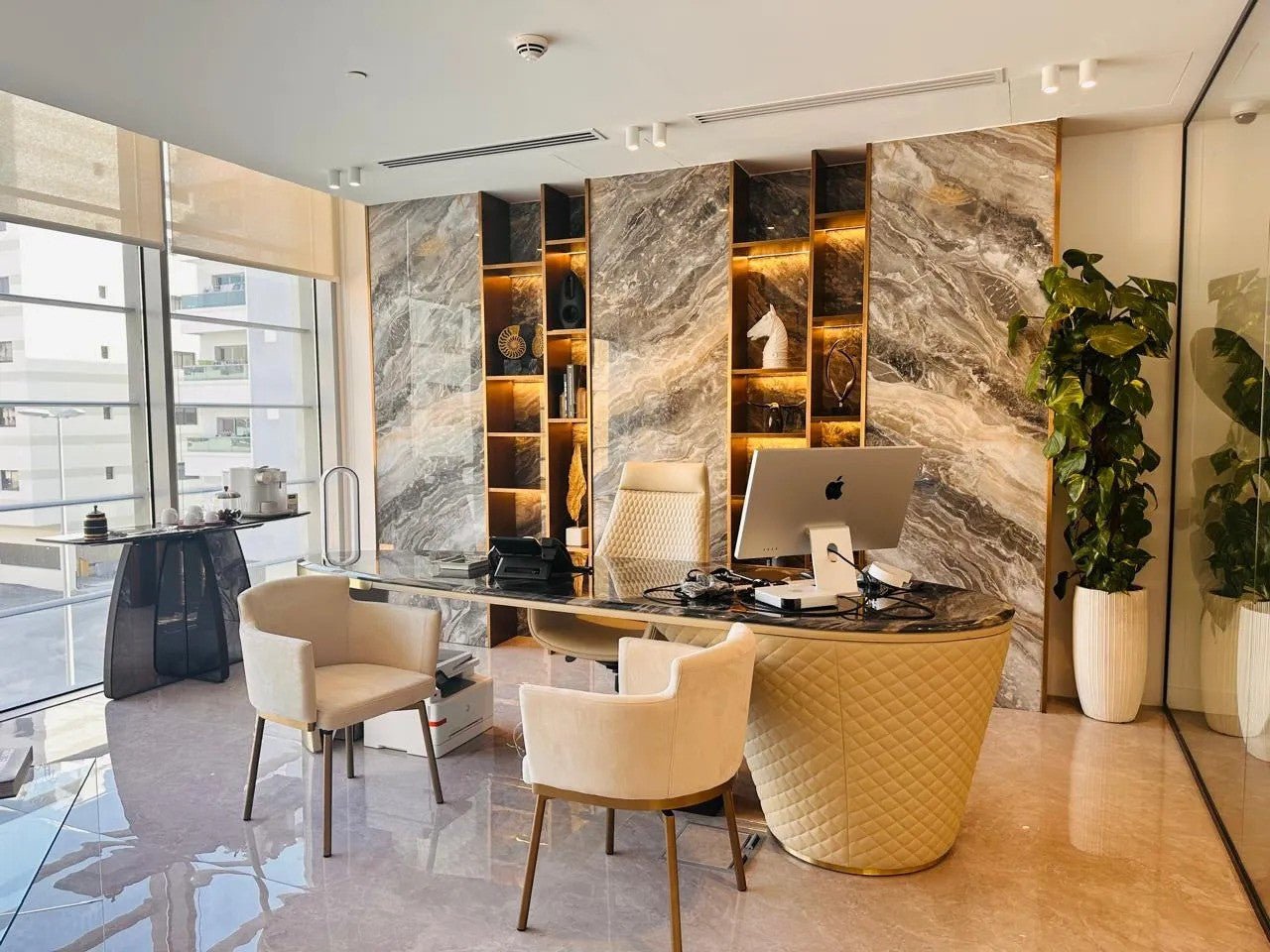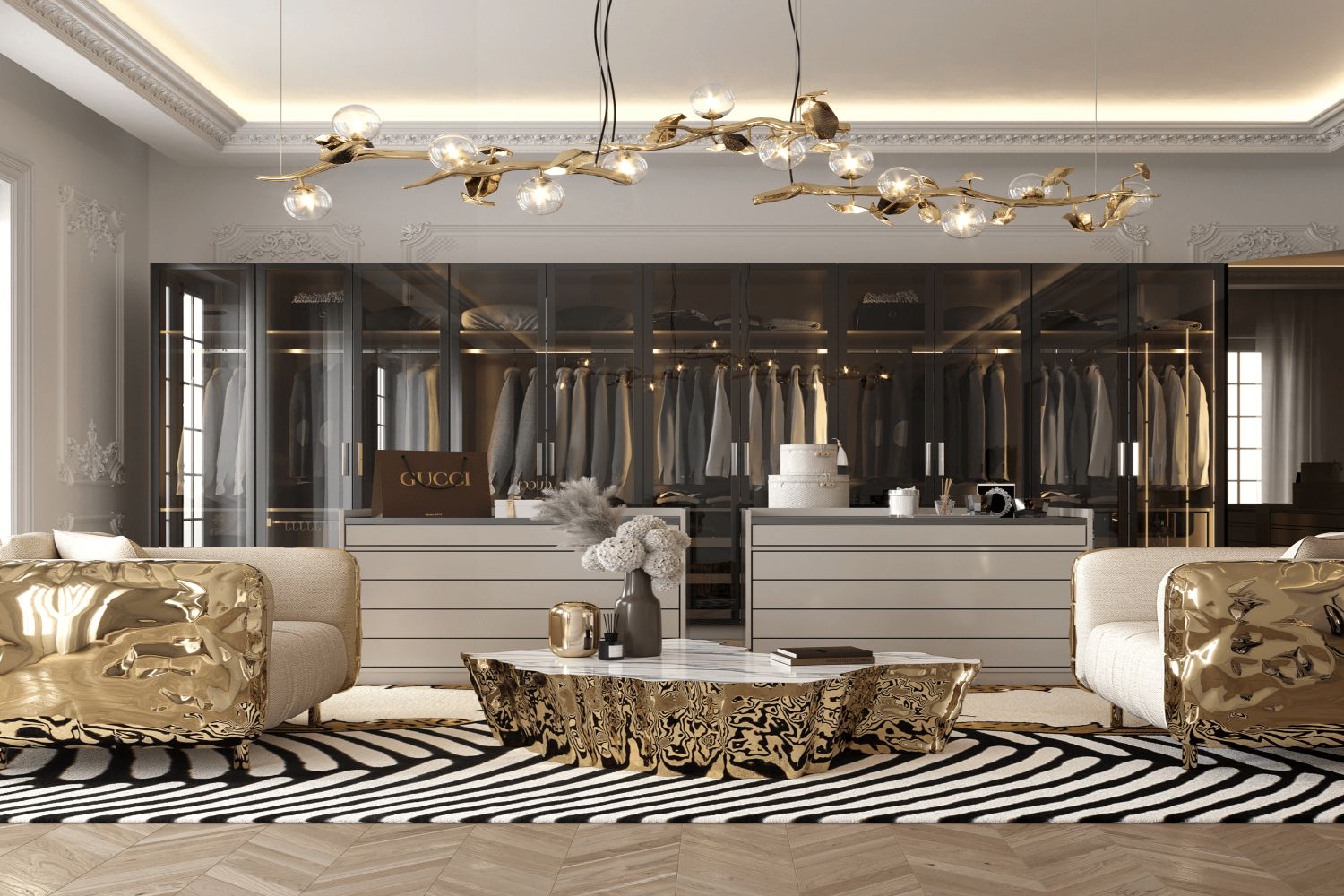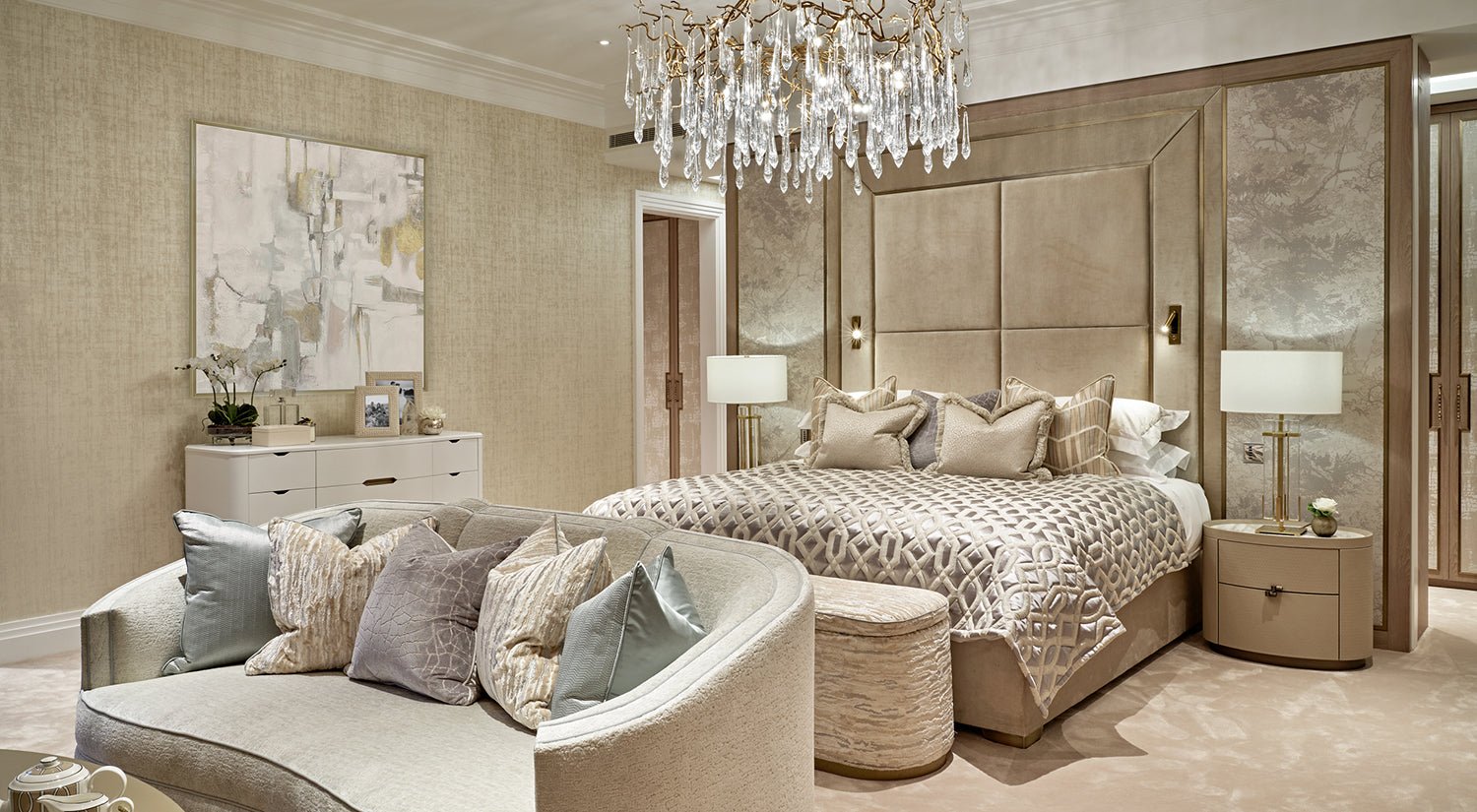Even the most thoughtfully designed homes can feel slightly out of sync when certain style details go unnoticed. Whether it’s a rug that’s too small or lighting that falls flat, minor missteps in home decor can make your space feel incomplete, imbalanced, or less inviting than you intended.
The upside? These common design slip-ups are totally fixable. With just a few tweaks, you can elevate your interiors and create a polished, cohesive atmosphere — just like a pro would.
Using the Wrong Rug Dimensions
The Problem: A rug that’s undersized can disrupt the entire visual flow of a room. Furniture may look like it's awkwardly floating instead of grounded in the space.
The Fix:
-
In living rooms, choose a rug large enough so at least the front legs of sofas and chairs sit on it.
-
For dining rooms, the rug should extend a minimum of 24 inches beyond all sides of the table to allow for chairs.
-
In bedrooms, place a large rug under the bed, or opt for two runners on each side for balance.
Designer Tip: Try layering rugs — use a large, neutral base and add a smaller, patterned one on top for added texture and visual interest.

Ignoring Layered Lighting
The Problem: Relying solely on overhead lights can make rooms feel stark and one-dimensional, rather than cozy and well-designed.
The Fix: Introduce multiple layers of lighting to build warmth and depth:
-
Ambient lighting: Overhead fixtures, chandeliers, recessed lights
-
Task lighting: Desk lamps, bedside lights, under-cabinet strips
-
Accent lighting: Wall sconces, candles, LED strips
Swap out cool, harsh bulbs for warm white LEDs (2700K–3000K) to soften the overall ambiance. Dimmable lighting can also help adjust the mood as needed.
Quick Upgrade: A sculptural table or floor lamp doubles as both lighting and decor.
Lining Up Furniture Along the Walls
The Problem: Pushing all furniture to the edges of a room can make even large spaces feel disconnected or overly open.
The Fix: Float your main seating area away from the walls to encourage conversation and intimacy.
-
Use a console table or bookshelf behind a sofa to define the space.
-
In open-plan areas, create distinct zones by grouping furniture into cozy clusters.
Layout Rule: Keep at least 36 inches of walkable space around furniture, but arrange seating within 8–10 feet to foster connection.
Forgetting to Add Texture
The Problem: Rooms filled with all-smooth surfaces or matching materials can feel sterile and uninspired.
The Fix: Introduce texture to add layers and character to your space.
-
Mix materials like stone, leather, linen, wool, and wood for richness.
-
Add woven baskets, boucle chairs, fringed throws, or natural fiber rugs to break up sleek surfaces.
Instant Upgrade: Swap flat pillows for nubby, textured options, and drape a cozy blanket to instantly warm up a room.
Neglecting Curtains or Window Treatments
The Problem: Bare windows or flimsy blinds can make your space appear unfinished or too utilitarian.
The Fix:
-
Install floor-to-ceiling curtains to visually heighten your ceilings and frame the room.
-
Stick with neutral or earthy tones that complement your palette.
-
Opt for linen drapes, woven shades, or layered sheers for elegance and softness.
Hanging Tip: Mount curtain rods 6–12 inches above the frame and extend them beyond the window’s edge to create the illusion of larger windows.

Buying Matchy-Matchy Furniture Sets
The Problem: Purchasing all your furniture from the same collection can lead to a space that feels more like a showroom than a home.
The Fix:
-
Mix styles, materials, and shapes to add personality and depth.
-
Pair a modern marble dining table with vintage chairs, or style a sleek sofa with rustic wooden side tables.
-
Incorporate a variety of wood tones, metals, and fabrics to create a layered, lived-in look.
Pro Tip: A consistent color palette will tie everything together, even if the pieces come from different sources or eras.
Skipping Personal Touches
The Problem: A space without personal elements lacks soul — it might look nice, but it doesn’t feel like you.
The Fix:
-
Display meaningful decor — think travel finds, heirlooms, family photos, or artwork.
-
Style shelves with books, sculptural accents, or handmade ceramics.
-
Include custom or one-of-a-kind furniture that reflects your taste and lifestyle.
Final Thought: A truly beautiful home is built over time. Choose pieces that carry meaning, and your space will naturally feel more authentic and inviting.
Want help styling your space with timeless marble furniture? Explore our collection of handcrafted tables, consoles, and statement pieces — designed to add luxury, warmth, and depth to any interior.





